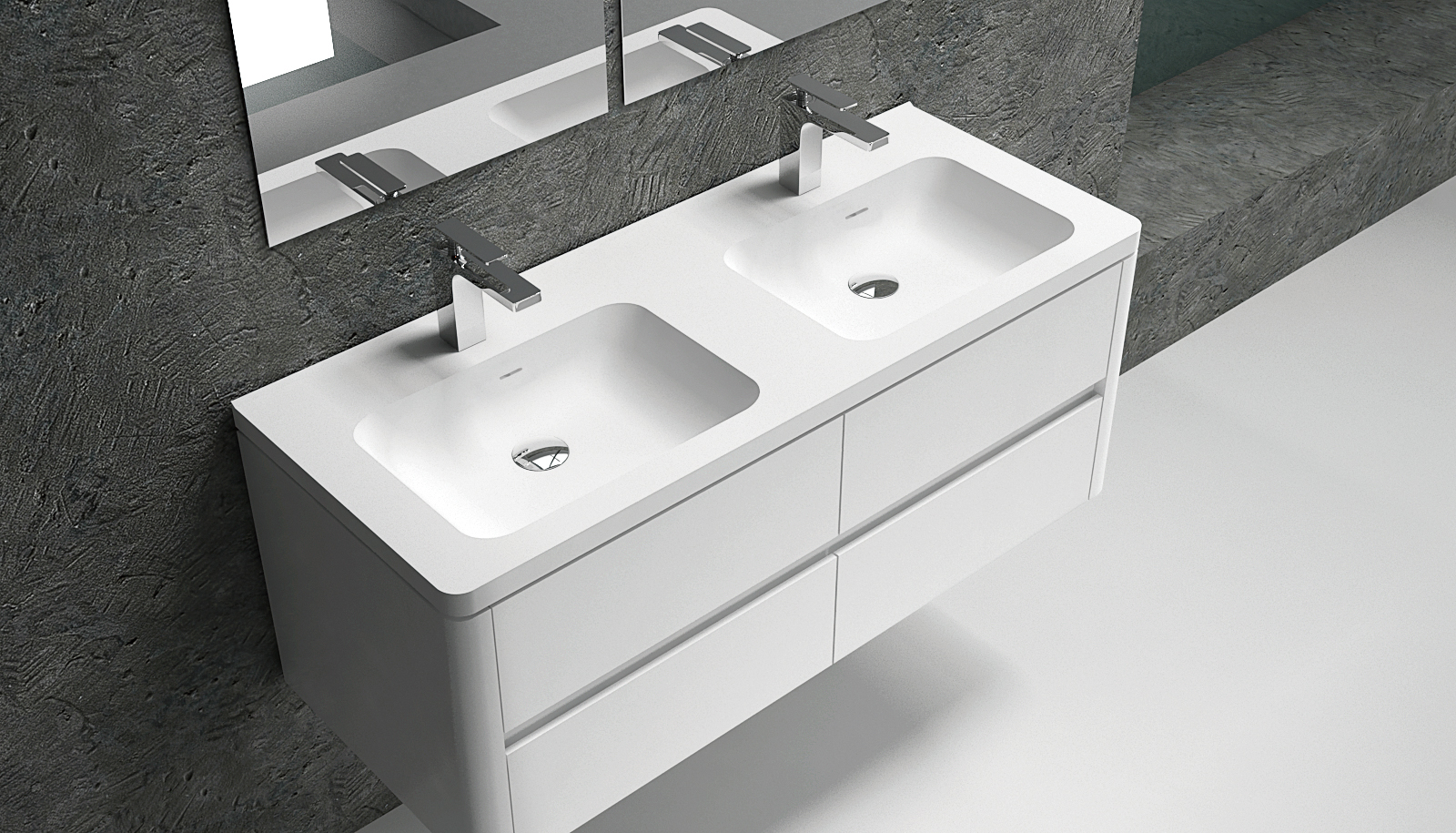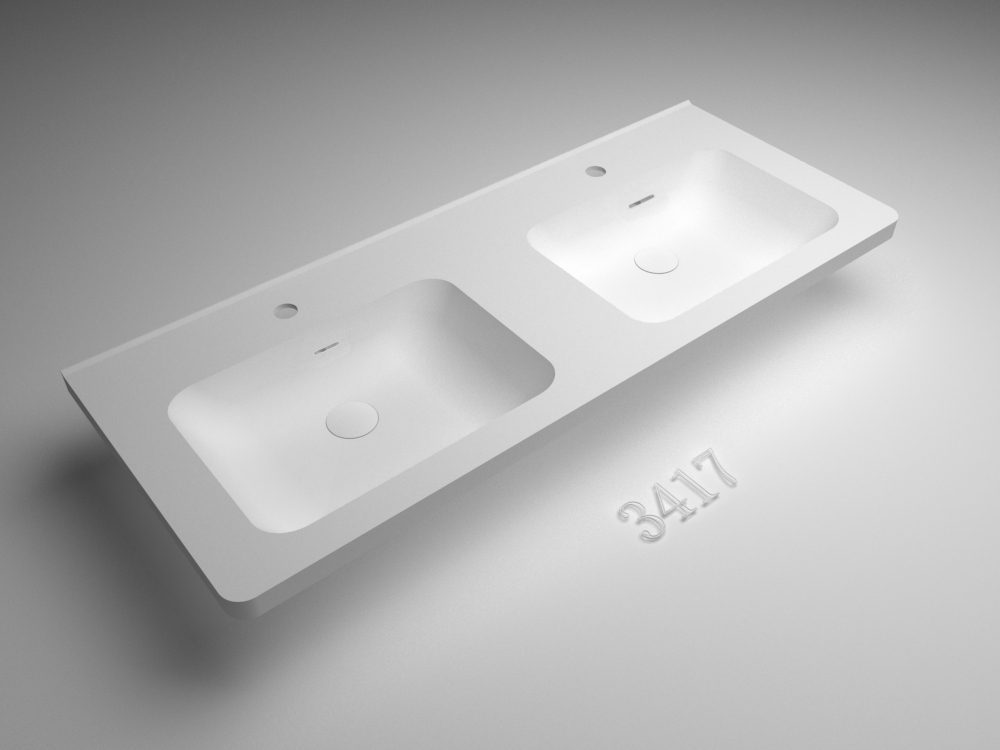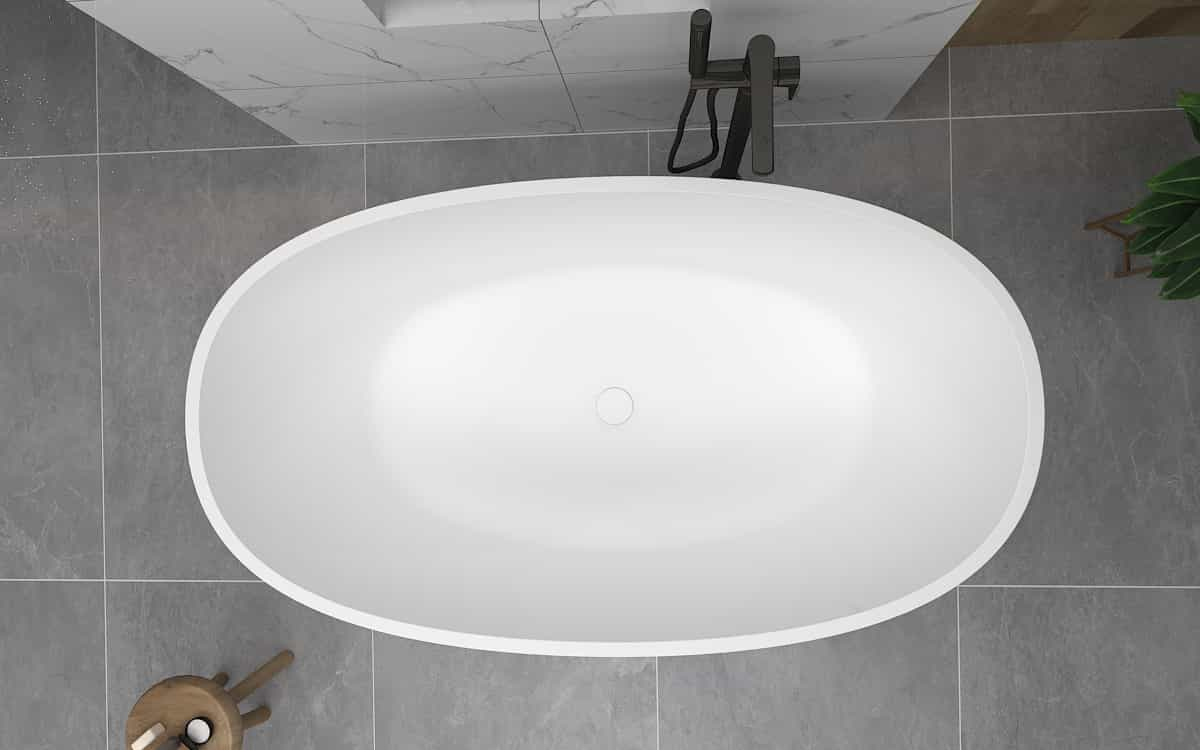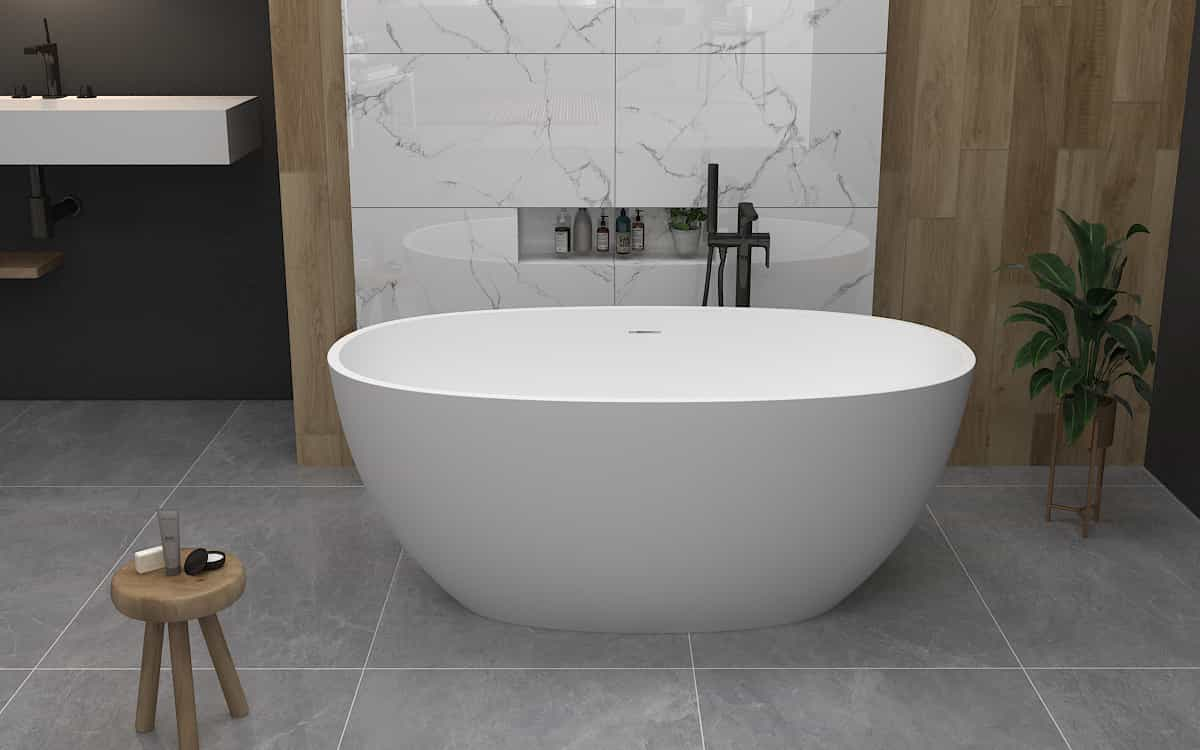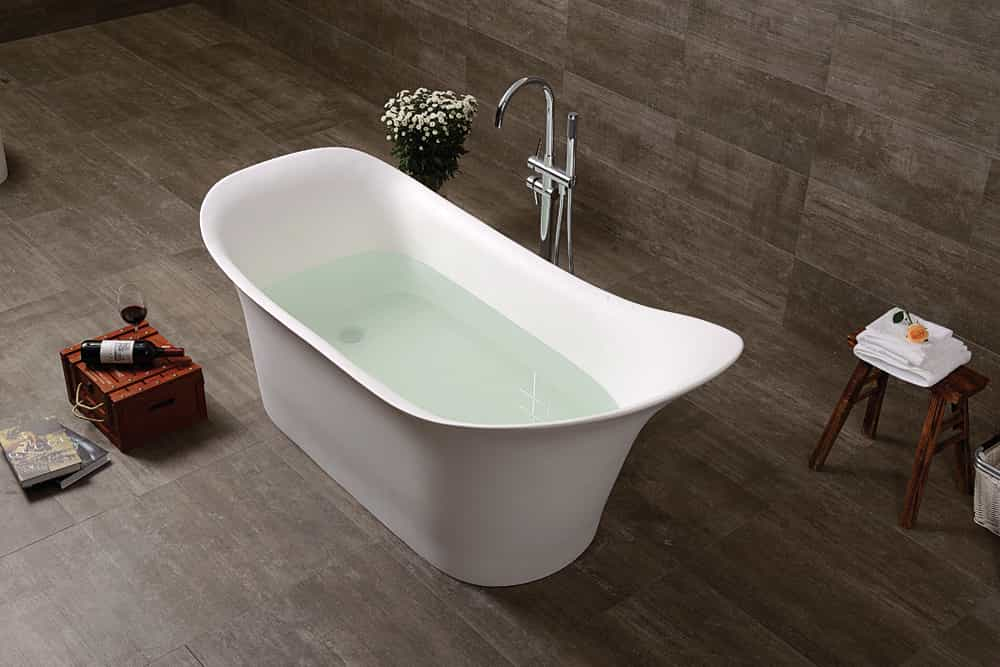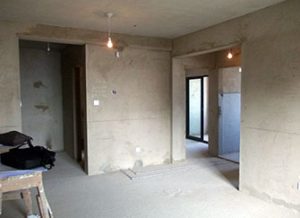
总听到有人抱怨,一套房子买下来,装修完再入住,要一两年的时间。是的,毛坯房的装修不仅要耗费大量的人力、物力、财力,而且大多数购房者并不具备专业的装修知识,所以现在精装修房越来越受欢迎。很多房产公司开展买房送装修的活动,为购房者省时省力。但这并不意味着房子装修完美无缺,验房依然是不得不重视的大项目。精装修房更要注重细微之处。下面我们就来看看精装修房验收过程中的重点。
精装修房如何验收?精装修房收房注意事项
1、精装房验收注意事项
1、看开发商是否符合合同约定的交房条件,需要查看开发商出具的两书一表,这是收房的必要条件之一
详细为《住宅质量保证书》《住宅使用说明书》《竣工验收表》《入住证明书》。(要求看原件)目前我国房地产行业在《住宅质量保证书》《住宅使用说明书》上已经形成大致统一的趋势,问题较少;主要问题还是在《竣工验收表》上。按照国家相关规定,《竣工验收备案表》上的每一项都要报主管部门备案。不能只看开发商有没有这张表,同时还要认真查看每一分项是否都备案了,比如消防设施等。《竣工验收表》对房地产开发商有严格的约束作用,只要报主管部门备案,开发商就要对楼盘终身负责,一旦出问题,开发商是可以追究责任的。若没有问题,即可进行下一步,若有任何物品有问题,建议不要收房。
2. 请求无条件检查
当你完成第一步想要验房的时候,很多开发商总是要求业主先补足房款(如果面积加大的话)、交纳公共维修基金(房屋总价的2%)、缴纳一年的物业管理费等费用后才可以办理入住手续,领取房屋钥匙及相关材料后才可以验收房屋。如果房屋有问题,物业会逐步进行维修。无论法律的规定和大多数房屋买卖合同的规定如何,公共维修基金、契税等的缴纳都不能作为开发商交房的条件。交房前,业主有权先验收房屋,如发现质量问题,开发商应限期修复。
房屋收缴以缴纳各种不应缴纳的费用(公共维修基金、产权中介费、物业费等)为条件,开发商单方面设定业主收缴房屋的义务。根据法律规定,契税、公共维修基金业主在办理产权证时必须向税务部门和社区办事处缴纳三笔费用。因此,开发商无权在业主入住时向业主收取契税、公共维修基金和产权中介费,否则业主有权拒绝缴纳,开发商以此为由拒绝向业主支付房屋,由此造成的房屋交付延误的法律责任应由开发商承担。开发商如表明代收公共维修基金,应出具代收单位委托书(原件),即使由房管局代收维修基金,也必须向买受人开具合肥市财政局监管的合肥市住宅单位维修基金专用发票。
这时候很多开发商会说面积增加了,要求交房款,这时候增加的大多是公摊面积。(不管增加与否)要求开发商出具《实测面积表》,如果有的话就记下来,准备下一步。(这时候不能交钱,原因上面已经说了)如果没有,开发商应该在限定时间内提供,房子是不能接受的。
3. 对照合同验收房屋质量(包括offer合同内容,即楼盘宣传册和前期开发商的广告宣传册及沙盘),请仔细审阅
发现的一些情况有:各房型都有向内凸出的窗户,比如76平米的客厅窗户,凸出的柱子用途不明确,使用面积减少,影响部分可用性。类似上述情况,可以按照这个规定要求开发商赔偿!绿化,在期房,广告宣传册,宣传彩页,沙盘等可以作为offer合同,如果这个项目offer合同显示的绿化带和交房时不一样或者根本没有绿化带,开发商不给合理的书面意见和补偿,建议不要接受房子,否则可能一辈子都住在鸽子笼里。
2、精装修房验房项目
1、墙面、地面的下层处理(厨房、卫生间的防水处理,以及高档材料的使用);
2、原材料进场验收,做好验收标志(合同约定的品牌、质量、数量、环保指标);
3、木制品验收:底基层、面层、封闭层、油漆、防护等;
4、电路验收:材料、护套、工艺、尺寸、合格证、线分色、间距、插座接线是否正确等;
5、厨房、卫生间的验收:准确的时间、尺度,检查楼下顶上是否有水渍等;
6、墙地砖的验收:工艺、平整度、空鼓率、缝隙、地面坡度、色差等;
7、水道验收:管材质量、管件、工艺、可靠性、连接、表面处理、管道压力试验等;
8、门窗的验收:垂直度、间隙、滑道、铰链、密封、灵活度、表面、安装固定点等;
9、木地板验收:工艺、下层、平整度、缝隙、色差、面漆、脚感、膨胀率等;
10、吊顶的验收:表面平整、牢固稳定,龙骨经过防腐防火处理,构造合理,工艺规范;
11、油性装饰涂料的验收:底层、工艺、手感、光泽、平滑度、色差等;
12、其他项目的验收:按具体施工工艺要求并符合装饰合同规定的标准。
3、精装房相对于毛坯房来说验收项目比较多,验收的主要内容就是施工工艺,大家要注意以下几点:
1、业主在交接房屋前,可以先收集一些关于收房内容的资料,这样收房的目的就明确了,也可以提前去找已经交接房屋的业主介入房屋交接,了解一些基本知识。
2.业主可准备一些基本工具,如:25g鼓锤,卷尺,吊球,记号笔,水桶,电笔等。
3、去物业处时,应先查看房屋的两书一表,即《住宅质量保证书》、《住宅使用说明书》和《竣工验收表》。
4.门窗检查
在窗户外侧,检查有无滴水边,窗框与墙体交接处的密封防水胶是否丰满、完整,防止雨水渗入墙体;反复开启或关闭门窗及各部件,检查是否能正常使用;检查门窗框架是否有损坏;检查玻璃胶是否完整、丰满;门窗的垂直度可以用垂直球来测试。
5.水电检查
对于电气检查,可以打开电源开关,检查电源是否正常;对于插座的检查,大家可以拿一排插座来检查,通过看指示灯来判断是否正常情况;电线的直径大小,可以通过拆下几个插座来检查电线质量。
检查用水时,应打开所有用水设备,多次检查开关的完好性和可用性。储水盆应先存水,然后检查管道附近有无漏水,放完水后再检查管道的畅通性和漏水情况。
6.空心砖的检测
用鼓锤在瓷砖表面来回滑动判断声音,声音粗糙,并伴有空鼓感,空鼓面积超过15x15cm,要用几支笔做记号。
7.装饰材料检验
装饰材料的检验主要是检查材料施工的平整度、垂直度、施工工艺、油漆质量等。
8. 层高检查
楼层高度只能现场测量,室内空间高度+楼板厚度+抹灰层厚度=楼层高度。室内空间高度可以用尺子直接测量,测量时不要选择角落,而是选择中心位置进行测量。抹灰层厚度是国家规定的,楼板厚度可以直接咨询物业或房产中介,通常设计为:0.10~0.16m,几个数值相加就是实际楼层高度。
9.安全隐患检查
安全隐患主要是检查护栏的安装情况,铁艺护栏主要检查各焊接点的焊接情况、除锈防锈情况;玻璃型主要检查各固定点的牢固性及玻璃缺陷的检查;检查每根护栏的高度及间距,高层护栏高度不小于1.1米,多层高度不小于1.05米,护栏间距不大于0.11米。
10. 排水系统检查
四、特别提醒
1、只要发现问题,不论大小,都要记录在相关文件或表格中;如果房产基本没有验收登记表,就要自己准备纸笔,逐一记录。
2、物业公司的行为不能代表开发商(除非有明确的书面授权),所以不要就房屋质量问题和物业公司签订文件。
3、房屋验收发现问题,必须由开发商盖章确认,并约定处置方案。
4、如果开发商拒绝加盖印章确认房屋存在,必须拿出证据证明,不是买受人没有按时交接房屋,而是开发商拟交付的房屋不符合合同的约定或法定条件。









